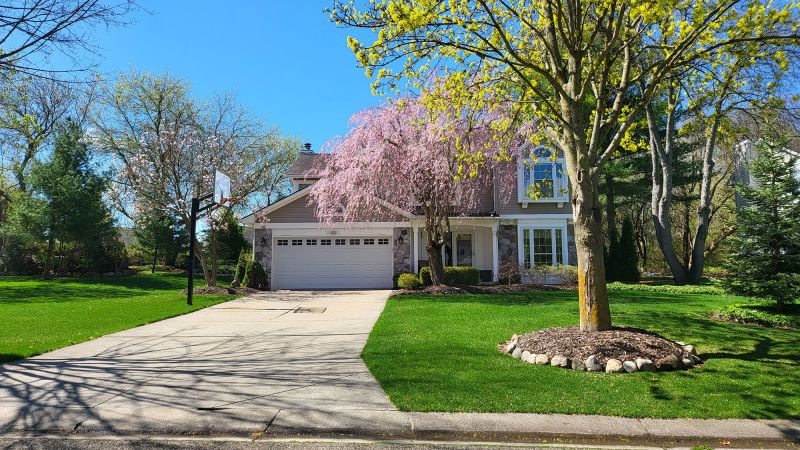Jill Langen, a 61-year-old higher education administrator from Clarkston, Michigan, made an unconventional choice last month when she decided to sell her home of 25 years without involving a real estate agent. Within seven days, she successfully secured an agreement with a buyer, quickly taking her home off the market. This experience, however, is not characteristic of American home sellers in general, as determined by the National Association of Realtors (NAR), which reported that only 6% of homes sold last year were categorized as for-sale-by-owner (FSBO)—an all-time low. Langen’s choice reflects a growing trend among sellers who may seek alternatives to traditional real estate agents, particularly in light of changes in industry practices prompted by lawsuits challenging standard commission structures.
Langen’s decision to forgo a Realtor was heavily influenced by industry changes that emerged last year, which made her wary of the typical commission structure, which averages between 5% and 6% of the home sale price. By listing her home at $515,000, Langen calculated that going through a traditional agent would potentially cost her between $25,750 and $30,900 in commission fees at closing. Despite understanding the value of working with real estate professionals, Langen perceived that the circumstances made FSBO a viable option for her. She acknowledged that selling a home on one’s own requires considerable time, research, and effort. Data from NAR illustrates this point: the average FSBO property sold for $380,000, significantly lower than the $435,000 average price for agent-assisted sales. Many real estate agents highlight this disparity as evidence that professional involvement can yield higher profits for sellers.
Langen, along with her husband, opted for the FSBO route with the mindset of trying it for a few weeks with the possibility to revert to traditional methods. Their flexibility was crucial; they were not in a rush, which allowed them to invest the necessary time and energy into the sale. They prepared extensively, even taking photographs of their home when the yard was vibrant with spring blooms. Langen conducted pricing research based on comparable homes in her area and chose $515,000 as the listing price. With minimal guidance, she crafted an eye-catching listing with the assistance of ChatGPT, an artificial intelligence chatbot, and promptly listed her property on Zillow.
The response was overwhelming. Langen fielded around 20 inquiries daily, many of which came from Realtors hoping to offer their services. This influx of communication—from eager buyers to soliciting agents—tested her patience and organization. Within days, Langen hosted open houses and conducted numerous showings. She and her husband worked diligently to ensure their home appeared welcoming yet depersonalized, removing items that could detract from a homey ambiance. Ultimately, they received multiple offers and opted to accept one from an unrepresented buyer, thus avoiding additional commission fees altogether.
Yet Langen’s experience is somewhat atypical. A friend’s prior success in selling their home through FSBO encouraged her confidence, and her home’s desirable neighborhood also contributed to increased buyer interest. Not every seller is as fortunate, as seen in the case of Aditya Srinivasan, a 70-year-old retiree who recently attempted to sell his own home in the Bay Area before migrating to Eugene, Oregon. After listing his residence on Zillow, he quickly faced a barrage of calls—many from fraudulent sources or unsuitable offers. Frustrated and overwhelmed, Srinivasan ultimately chose to withdraw his FSBO listing and enlist a trusted Realtor to facilitate the sale.
Experiences like Langen’s and Srinivasan’s reflect the complexities of navigating the real estate market—where success through a for-sale-by-owner route can vary widely based on individual circumstances and the surrounding housing market conditions. Langen’s story highlights that while FSBO can potentially yield significant savings behind commission fees, it also demands substantial commitment and readiness to handle varying buyer interactions, making it a favorable strategy for those with the necessary resources and knowledge.



